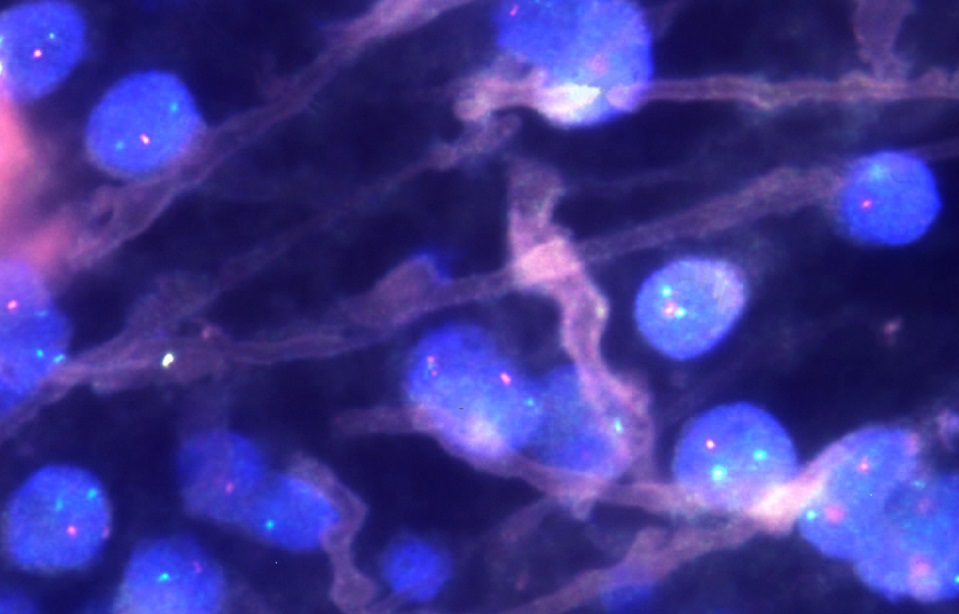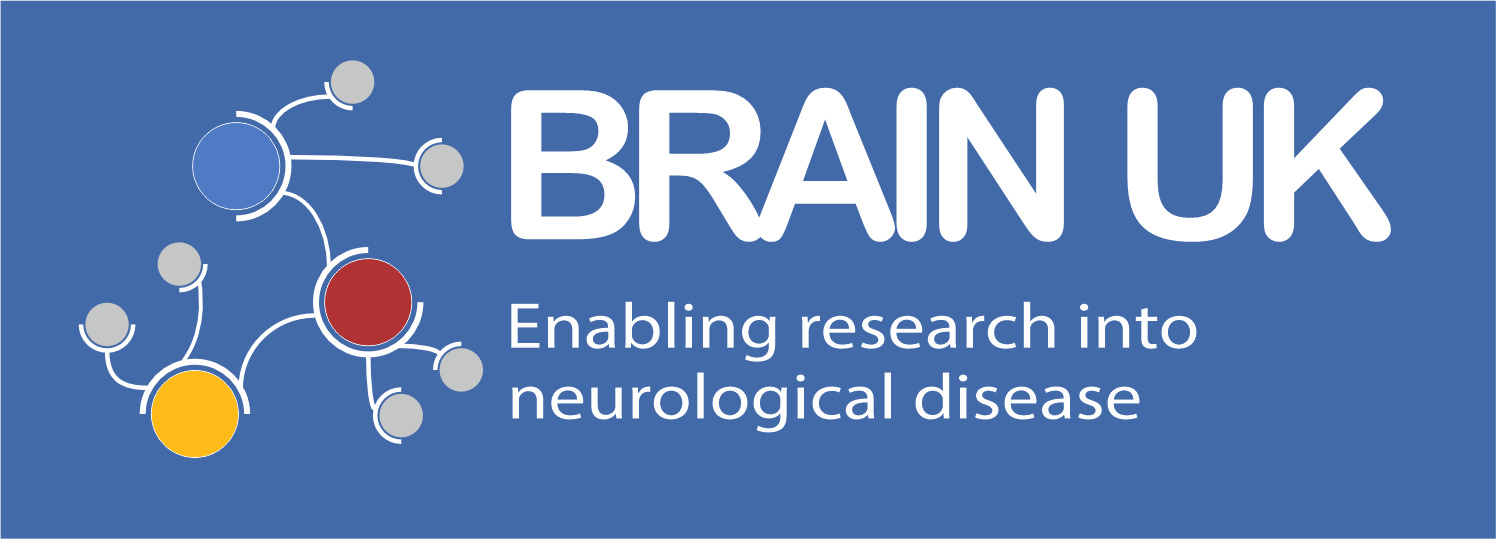
Brain UK study ref: 14/006,
Lay summary,
Project status: Closed
Large scale genetic and epigenetic screen of chordoma
Prof Adrienne Flanagan, University College London
Chordoma is a rare neoplasm with an incidence of ~1:800,000 of the population. Looking down the microscope chordoma looks like ’notochord’ which is tissue (a rod-like structure running down the spinal axis) and only seen in the embryo up until about 12 weeks of development. Chordoma’s arise where the notochord was originally sited in the embryo/fetus. It is thought that in some individuals the notochord does not disappear and in a few of these individuals the notochord cells grow slowly to form a tumour. The tumour occurs in all age groups and the median period of survival from diagnosis is 7 years. There are few treatment options available. A greater understanding of this disease is needed if we are to improve the lives of those affected.
Chordoma has been a major focus for the Flanagan research team over the last 8 years. The group proposes that there are subtypes of chordoma (for example, those arising in children, those at the base of the skull, those that progress slowly and those that behave aggressively, those that appear to respond to targeted therapies (for example inhibitors of EGFR, cKIT) while others do not – even though this may be for a limited time). To achieve this, the group wishes to study a large number of these rare tumours to understand the differences between chordomas. The aim is to collect a large number of samples and correlate the genetic and epigenetic alterations that occur in this disease, and correlate with clinical outcome.
